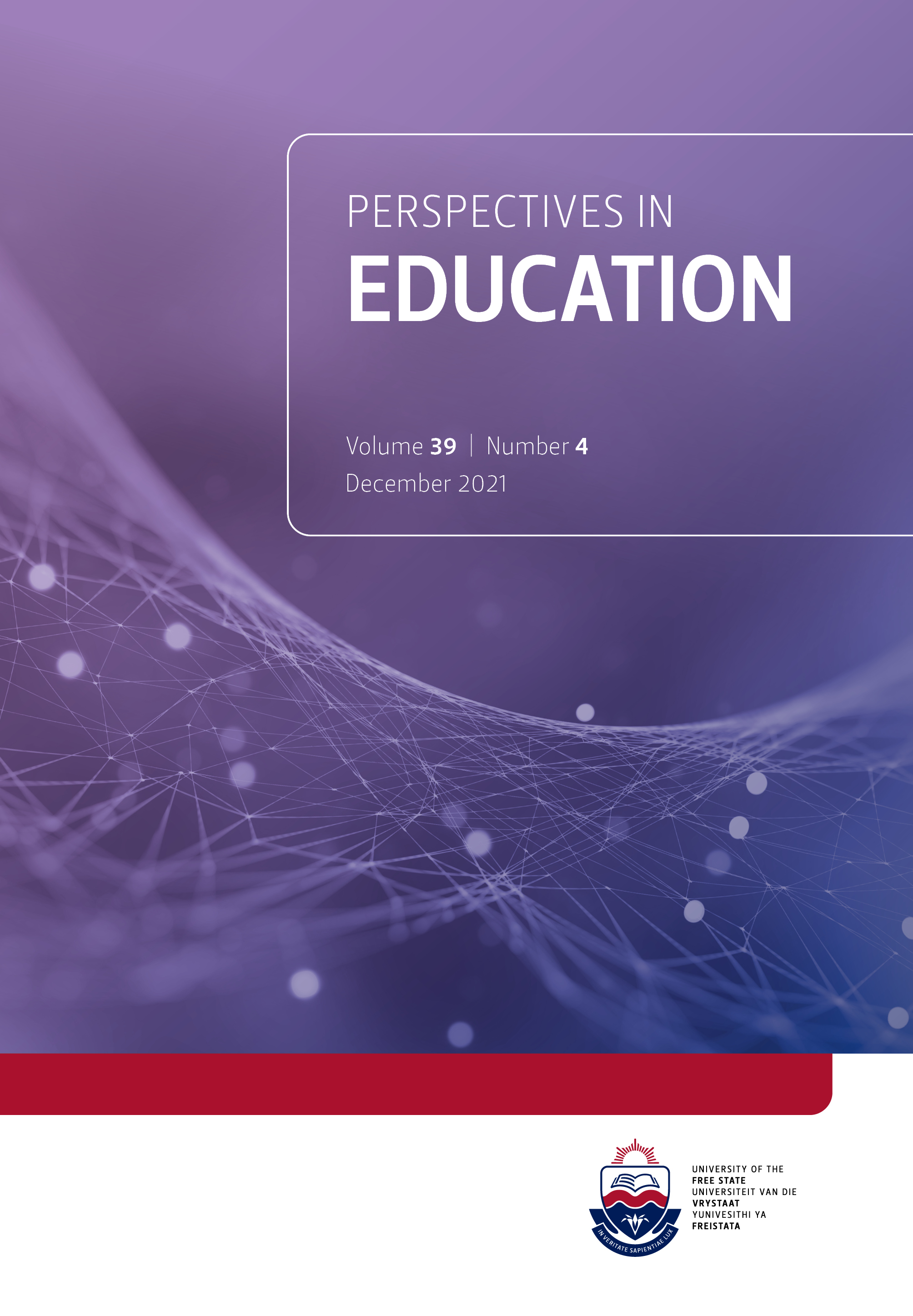Challenging vision in visual arts in the South African sociocultural context
DOI:
https://doi.org/10.38140/pie.v39i4.5285Keywords:
Aesthetics, Hephapreneurship, Infinity design process, Inclusion, Visual Arts, Visually impairedAbstract
This conceptual article is anchored on critical phenomenology to challenge the monopolisation of visual arts by the sense of vision, thus depriving visually impaired people of aesthetic value beyond ordinary cognitive faculties. In this study, we discuss the forms of painting, drawing and sculpting defined as Visual Arts referring to appreciation only by vision; thus, excluding the visually impaired as unable to appreciate or create by sight. This exclusiveness has dominated and directed art aesthetics and ethics, allowing aesthetic criteria research projects and educational curricula to be established and, conventionally, maintain their static existence unchallenged. Furthermore, vision exclusiveness limits creative thinking and artistic inspiration. This article demonstrates the need and importance of broadening students’ artistic conceptualisation of inclusiveness in Visual Arts by exploring three fields of humanities education, i.e., academic, educational and sociocultural. The article challenges established stereotypes by introducing innovative approaches and opening alternative channels of creative and critical thinking in higher art education. From a sociocultural viewpoint in the South African context, the analysis questions the validity of certain firmly rooted stereotypical concepts about art values and standards by encountering the visually unimpeded and impaired. While the research broadens students’ artistic conceptualisation of inclusiveness in Visual Arts, it simultaneously promotes the concept of hephapreneurship (hepha+preneurship), a neologism inspired by the Greek god, Hephaestus, protector of arts and crafts, himself handicapped. The term does not draw attention to the inabilities of persons with visual impairment, but their creative abilities through encouragement and motivation. By direct and open exposure to the problem, the research promotes the importance of arts education as a challenging platform for interaction between two, by definition, opposed realities.
Downloads
##submission.downloads##
Published
How to Cite
Issue
Section
License
Copyright (c) 2021 Dr Raita Steyn, Prof Maximus Monaheng Sefotho

This work is licensed under a Creative Commons Attribution 4.0 International License.









